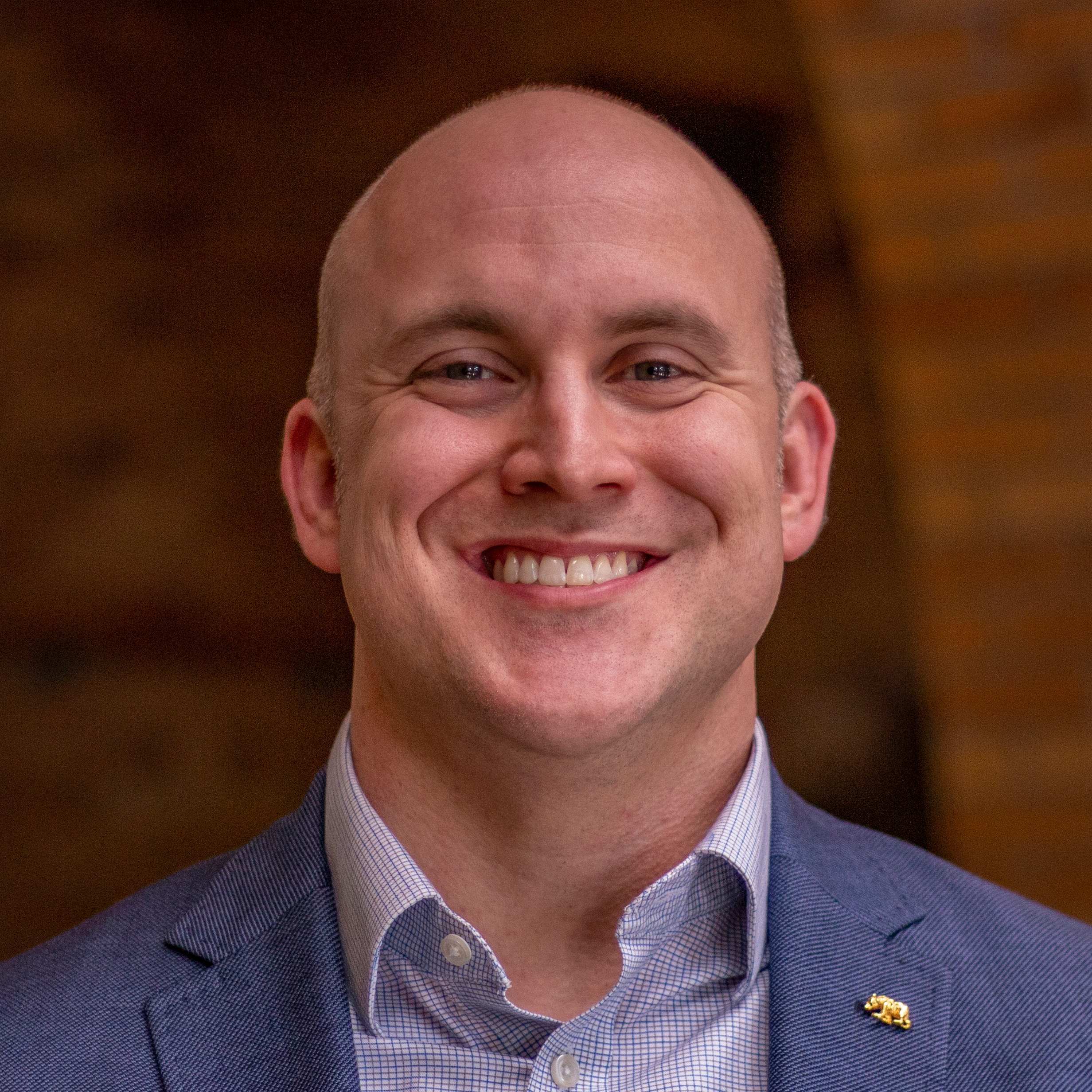A joint team from the University of California, Berkeley, Drexel University, Bar-Ilan University in Israel, the Carnegie Institution of Science, and the University of California, Santa Barbara have made an important observation in the search for next-generation microwave communication materials. The work, published in the journal Nature (https://www.nature.com/articles/s41586-018-0434-2), redefines the role of domain walls in high-frequency applications. Domain walls have long been thought to be a hindrance to operation in the microwave regime because they lead to high dielectric loss and hysteresis in the device response to an applied electric fields. As such, engineers have traditionally operated materials well above the ferroelectric Curie temperature where domain walls are absent and, while this reduce such losses, it also greatly reduces the tunability. This seemingly unavoidable trade-off between the requirements of high tunability and low loss in tunable dielectric devices has led to severe limitations on the figures of merit of materials. In this work, the team – led in part by Professor Martin and his students Shishir Pandya, Arvind Dasgupta, and Sahar Saremi and postdoctoral scholar Anoop Damodaran in the Department of Materials Science and Engineering – show that domain structure can in fact be exploited to obtain ultralow loss and exceptional frequency selectivity. The resulting gigahertz microwave tunability and dielectric loss are better than those of the best film devices by one to two orders of magnitude and comparable to those of bulk-single crystals. The measured quality factors exceed the theoretically predicted zero-field intrinsic limit owing to domain-wall fluctuations, rather than field-induced piezoelectric oscillations, which are usually associated with resonance. Resonant frequency tuning across the entire L, S, and C microwave bands (1–8 gigahertz) is achieved in an individual device – a range about 100 times larger than that of the best intrinsically tunable materials. These results point to a rich phase space of possible nanometre-scale domain structures that can be used to surmount current limitations, and demonstrate a promising strategy for obtaining ultrahigh frequency agility and low-loss microwave devices.


